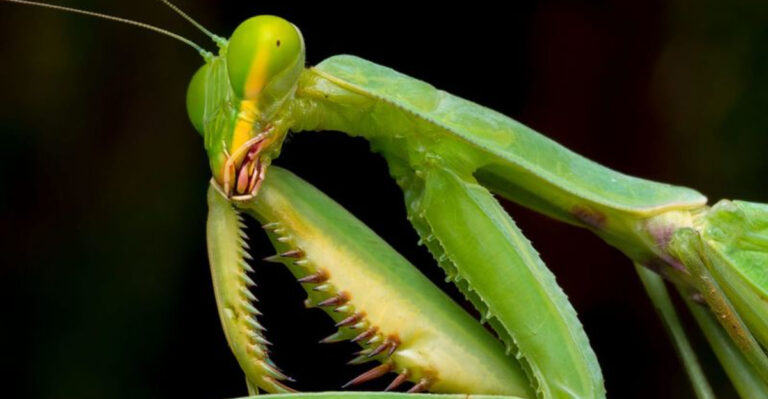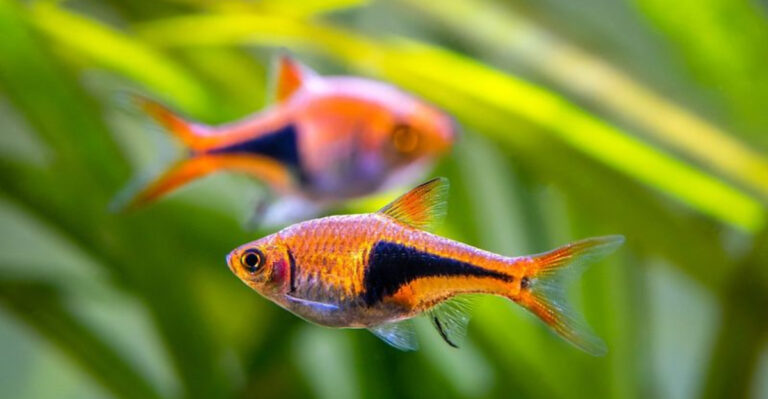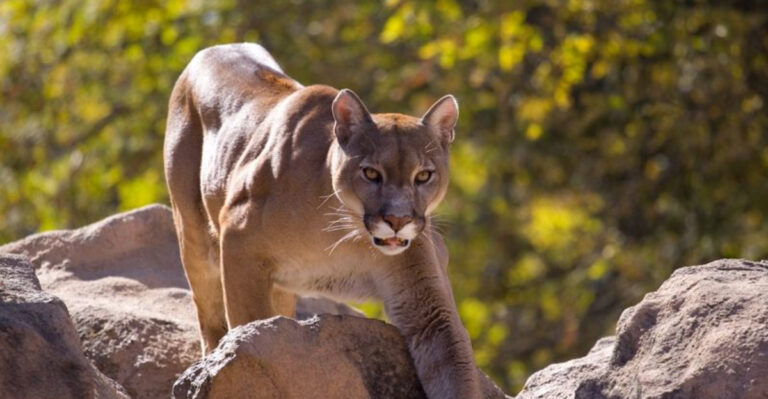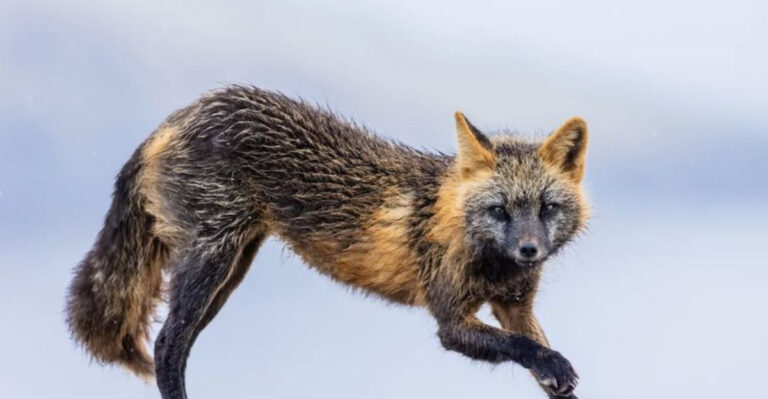20 Birds Rocking The Most Bizarre Beaks

Birds are remarkable creatures, exhibiting a diverse array of adaptations that make them some of the most fascinating animals on the planet.
Their beaks, especially, stand out as marvels of evolution, each uniquely shaped to suit various needs and environments. Join us on a journey through the avian world, where we explore extraordinary birds boasting the most peculiar beaks you can imagine.
These creatures not only captivate with their appearance but also intrigue with their lifestyles and habitats.
1. Shoebill Stork
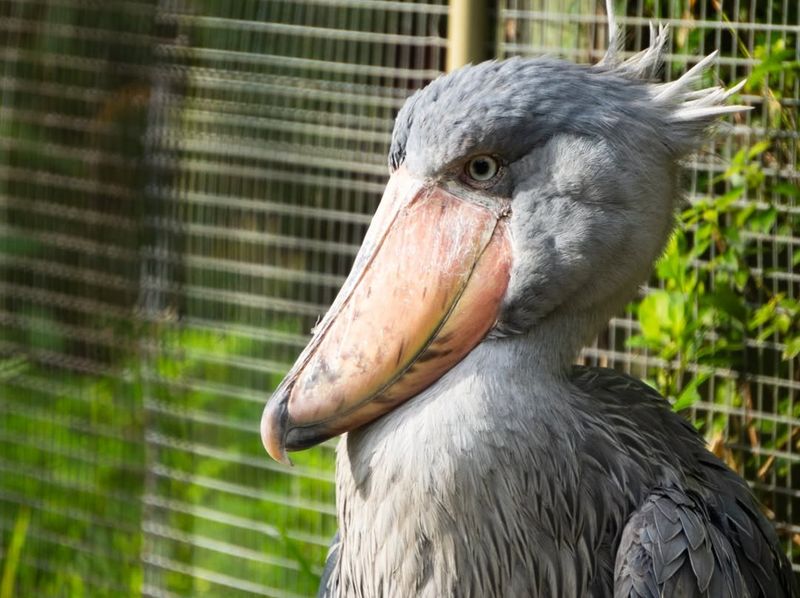
The Shoebill Stork is a majestic bird with an unmistakable beak resembling a wooden shoe. Its massive bill allows for efficiently catching slippery prey like fish and frogs.
Living in the swamps of East Africa, this solitary bird is both revered and feared. The peculiar shape and size of its beak make it a master hunter, often standing motionless for hours.
It’s a scene of sheer patience and precision.
2. Toco Toucan
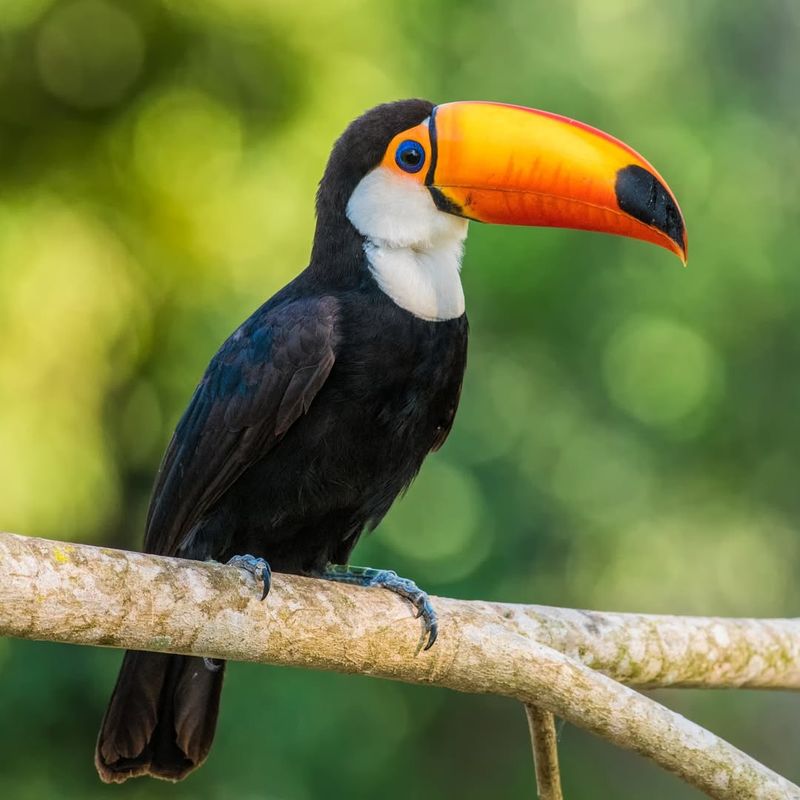
The Toco Toucan’s vibrant beak is not just for show. Its large, colorful bill helps in thermoregulation, allowing heat dissipation.
Found in South American rainforests, this bird uses its beak to reach fruits on branches too small to support its weight. The beak’s structure is surprisingly light, composed of keratin with a foam-like interior.
This unique adaptation supports both feeding and temperature control.
3. Sword-Billed Hummingbird
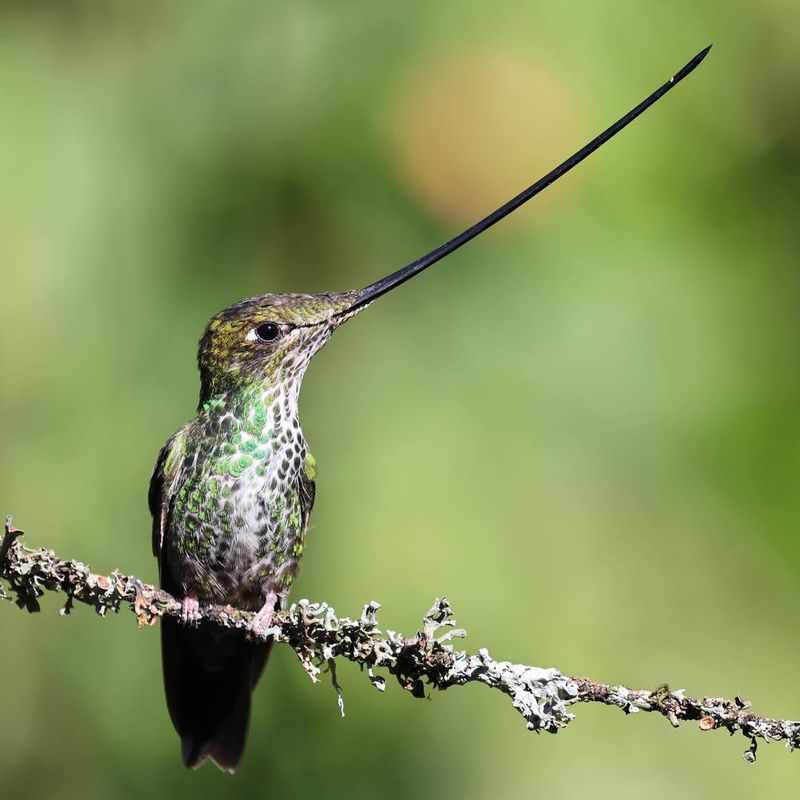
With a beak longer than its body, this hummingbird has one of the most extraordinary silhouettes in the bird world.
Found in the Andean regions, the Sword-billed Hummingbird uses its unusually long bill to reach nectar deep inside trumpet-shaped flowers. Despite its dramatic length, the beak is lightweight, allowing for graceful and agile flight.
Its specialized design is a brilliant example of evolution tailoring form to function.
4. Australian Pelican
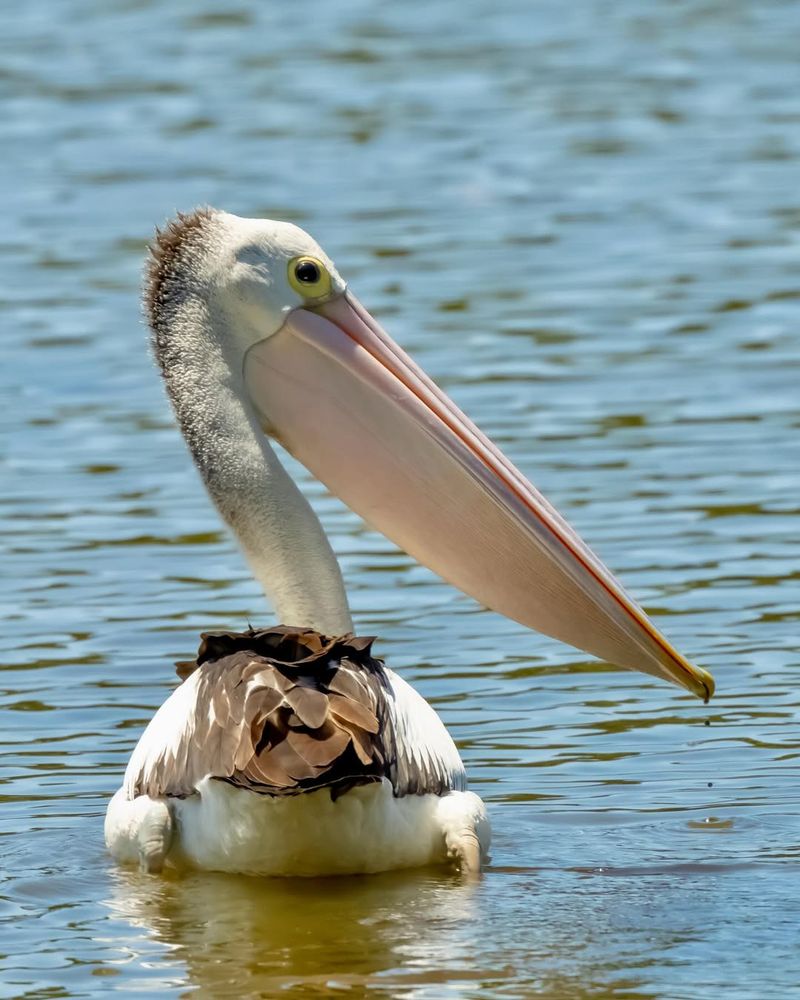
The Australian Pelican’s gular pouch is a marvel of avian adaptation. This expansive, elastic feature aids in scooping fish from the water.
Found across Australia’s lakes and rivers, this bird’s beak can hold up to three gallons of water. Its beak’s adaptability and efficiency are essential for its fishing lifestyle.
Watching a pelican feed is witnessing a perfectly evolved mechanism in action, a true natural spectacle.
5. Eurasian Spoonbill
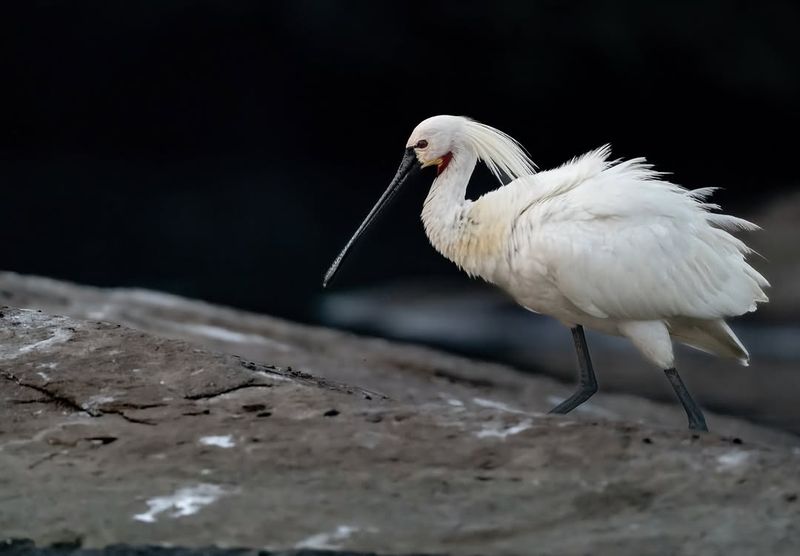
The Eurasian Spoonbill wields its spoon-shaped beak like a sieve. As it sweeps through the water, this tool captures small fish and crustaceans.
Found across Europe and Asia, the bird’s beak is perfectly adapted to its feeding style. Its tactile sense helps detect prey in murky waters.
Elegant and efficient, the spoonbill’s feeding technique is a dance of rhythm and precision, mesmerizing to observe.
6. Rhinoceros Hornbill
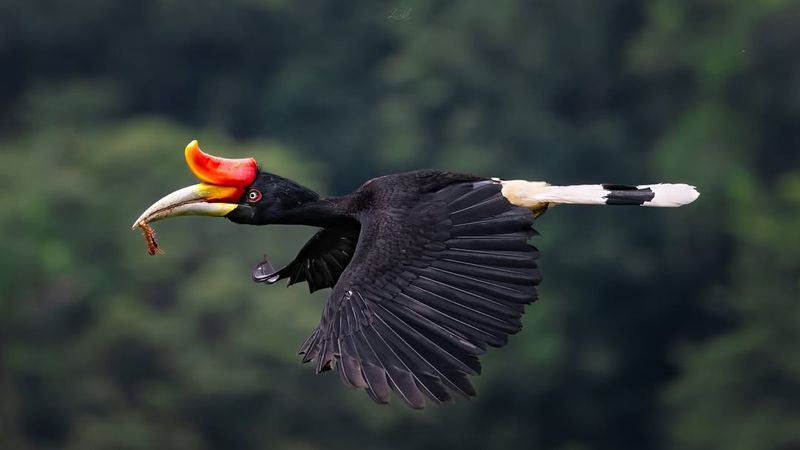
Topped with a prominent casque, this bird’s beak is one of the most recognizable in the rainforest.
The Rhinoceros Hornbill uses this hollow structure to amplify its calls, a helpful trait for communication in dense Southeast Asian forests. Its large, curved bill also aids in foraging for fruit and insects high in the canopy.
More than just eye-catching, the casque plays a vital role in both social interaction and survival.
7. Kea Parrot
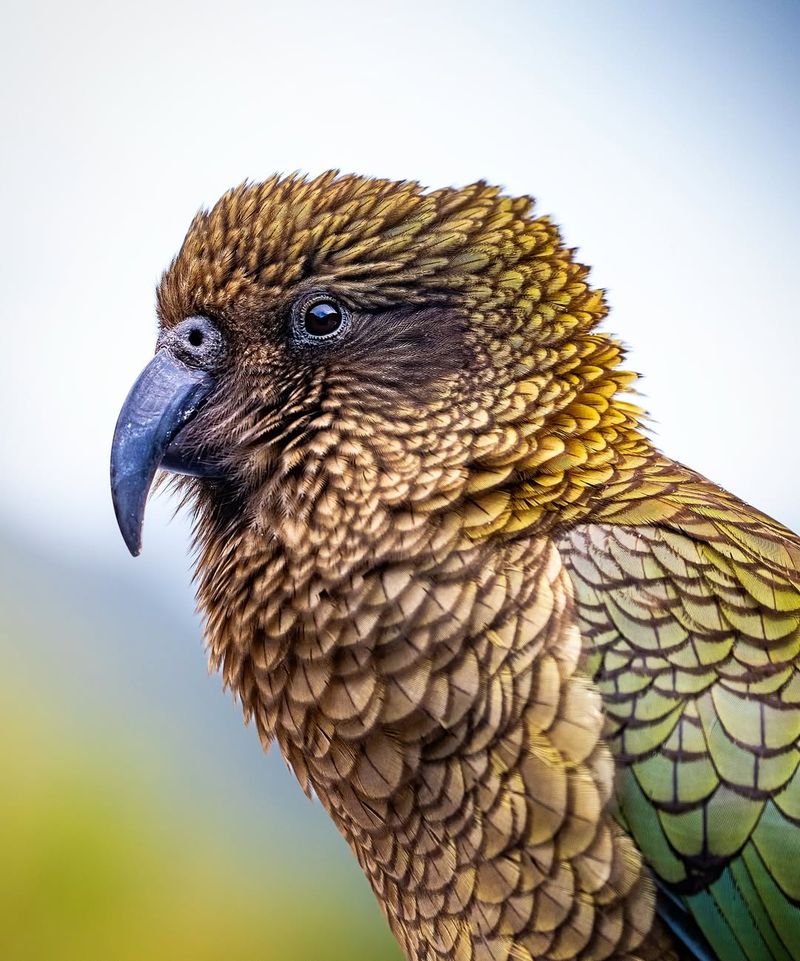
The Kea Parrot’s beak is a tool of innovation. Found in New Zealand’s mountainous regions, this parrot uses its curved beak for various tasks, from prying open bark to scavenging.
Known for their intelligence, Keas are playful problem solvers. Their beak’s versatility is matched by their curiosity, making them one of the most interesting parrots on the planet.
These birds are emblematic of adaptability and cleverness.
8. Crossbill
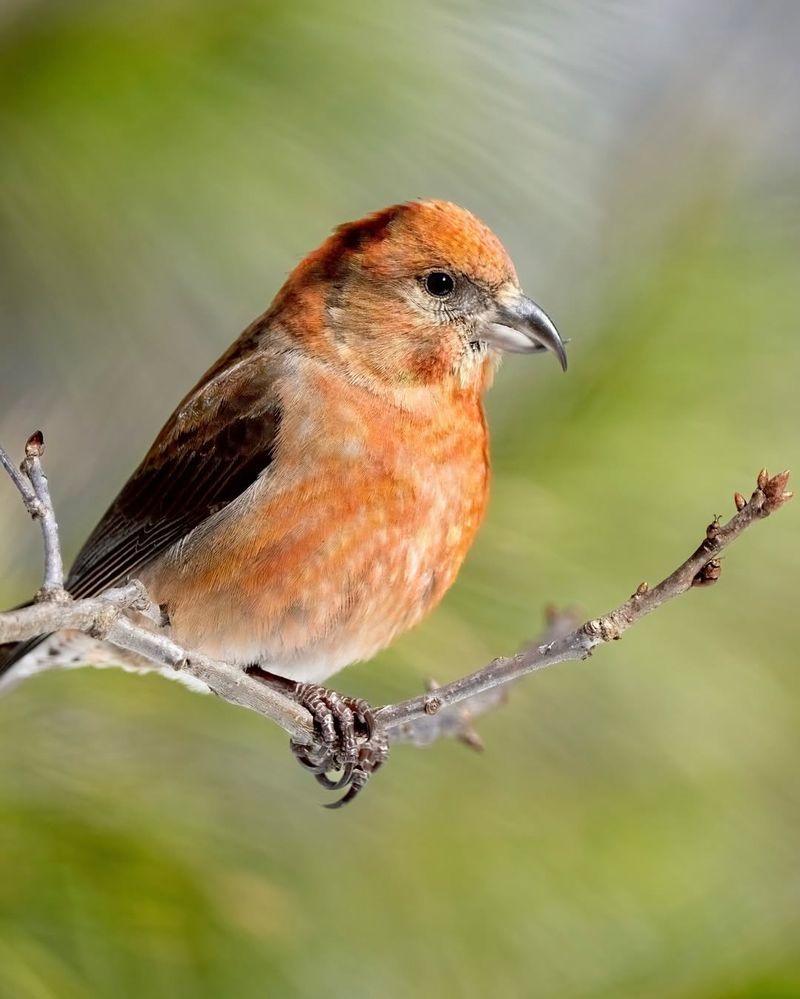
With beak tips that cross like scissors, these birds are perfectly equipped for life among pine trees.
Crossbills rely on this unusual adaptation to extract seeds from tightly packed cones, a crucial skill in their Northern Hemisphere forest habitats. Watching one in action showcases remarkable precision and efficiency.
Their specialized beaks are a perfect example of how evolution fine-tunes form to meet survival needs.
9. Black Skimmer
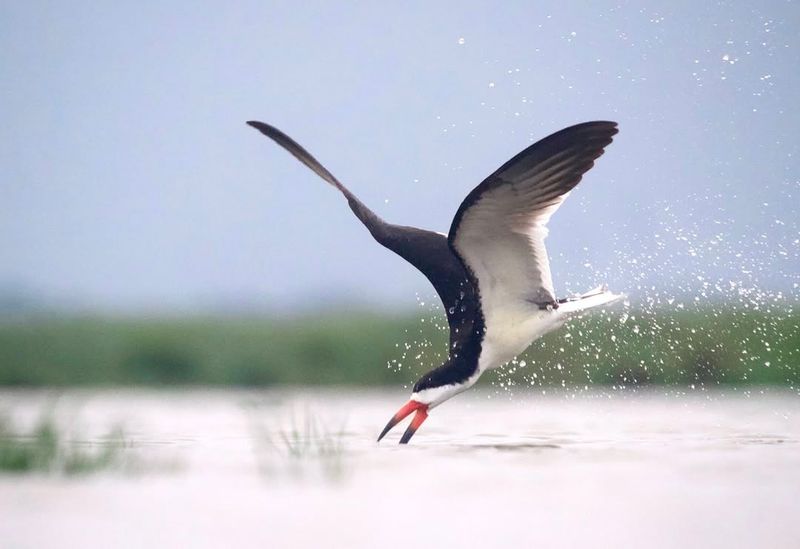
The Black Skimmer is a master of precision fishing with its unique beak. Its lower mandible is longer, designed to slice through water as it flies.
This adaptation allows it to catch fish, a mesmerizing sight against the backdrop of the setting sun. Found along American coastlines, the black skimmer’s feeding technique is a ballet of grace and accuracy.
Its beak is an evolutionary triumph, suited for life on the wing.
10. Roseate Spoonbill
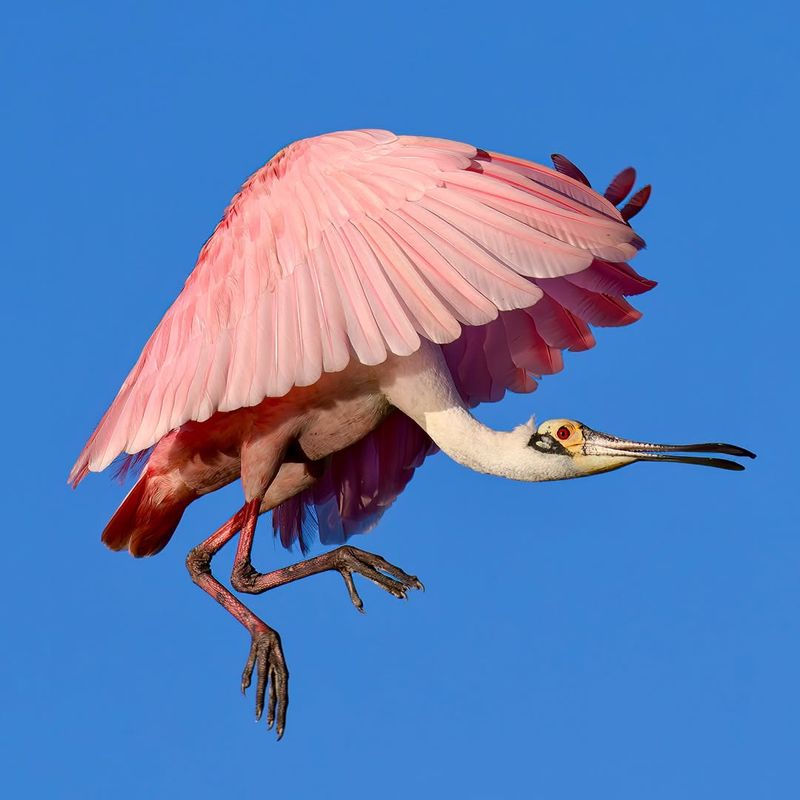
The Roseate Spoonbill is a vision of pink elegance, with a spoon-shaped beak for sifting through mud. Found in the Americas, it uses its unique bill to capture small aquatic creatures.
The vibrant plumage and distinctive feeding style make it a favorite among birdwatchers. Its beak’s functionality is a perfect match for its habitat, showcasing nature’s artistic and functional brilliance.
This bird truly stands out in a crowd.
11. Avocet
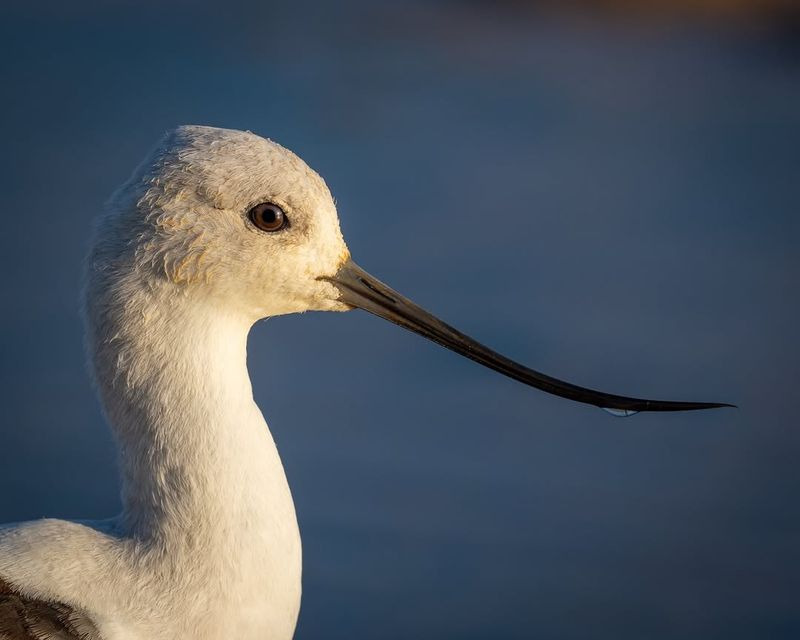
With an elegant upward curve, this bird’s beak is perfectly designed for life in shallow wetlands.
Avocets use their long bills to sweep side to side through water, catching insects and crustaceans with rhythmic precision. Found across Europe, Asia, and North America, they bring grace to every step in their coastal habitats.
Their feeding style is not only effective but also a captivating display of balance and adaptation.
12. Puffin

Puffins are known for their vibrant and colorful beaks. These seabirds sport a striking orange and yellow bill, which contrasts beautifully with their mostly black and white plumage.
The beak of a puffin is not only eye-catching but also practical. It allows them to catch and hold multiple fish at once, making them efficient hunters. During the breeding season, the bill becomes even more colorful, a feature that attracts potential mates.
Puffins are often seen nesting on rocky cliffs, adding to their charming and picturesque image.
13. Curlew
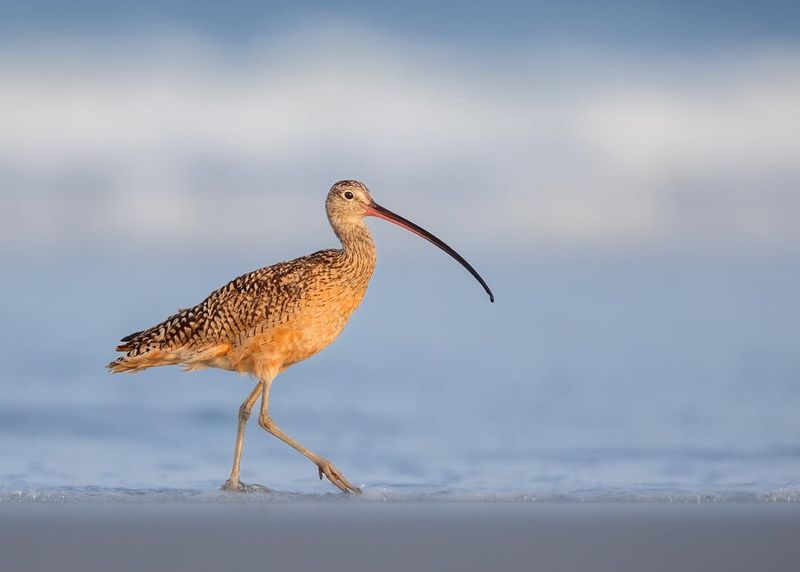
Curlews are easily recognized by their long, downward-curving beaks. These impressive bills are perfectly adapted for probing into soft mud and sand in search of invertebrates.
The curlew’s beak can reach deep into the ground, allowing it to find food that other birds cannot. This adaptation is crucial for survival in their wetland habitats.
Often seen walking gracefully through marshes, curlews are a testament to nature’s ingenuity, using their beaks to thrive in diverse environments.
14. American Woodcock
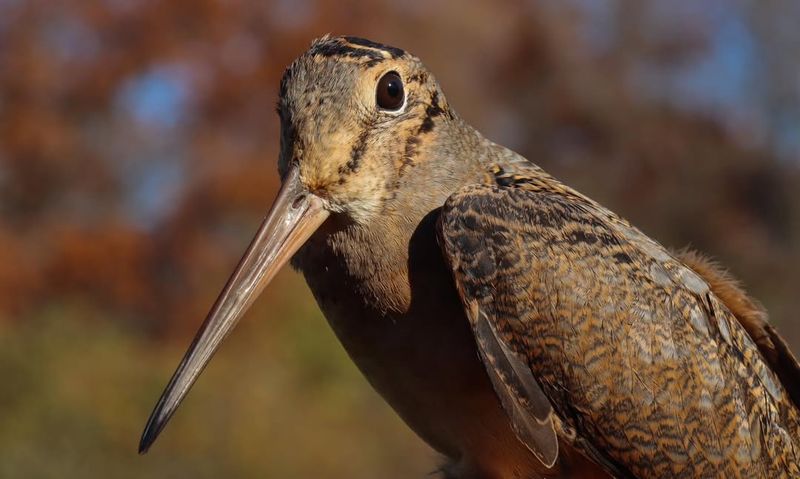
Equipped with a long, straight bill, this forest-dwelling bird uses its beak like a finely tuned tool to locate and extract earthworms from the soil.
The American Woodcock’s beak is highly sensitive, allowing it to detect movement underground with impressive accuracy. Its zigzagging flight and dramatic courtship displays make it as fascinating in the air as it is while foraging.
This unique bill plays a vital role in both feeding and survival, showcasing a remarkable evolutionary advantage.
15. African Openbill Stork
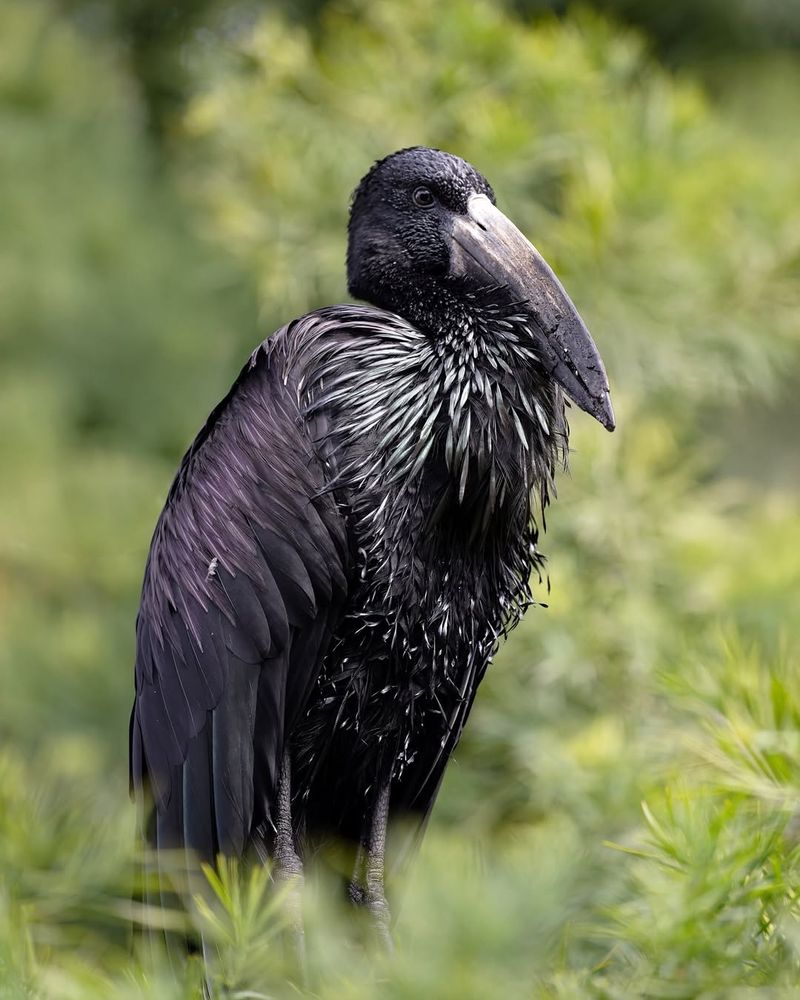
The African Openbill Stork has one of the most peculiar beaks in the avian world. Its beak doesn’t fully close, leaving a gap even when shut. This adaptation is perfect for extracting snails from their shells, a primary food source for this bird.
Found in wetlands across Africa, the openbill stork uses its unique beak to thrive where others might struggle. The gap in its beak is a specialized feature that highlights the diverse evolutionary paths birds have taken.
Watching an openbill stork feed is a testament to the wonders of adaptation.
16. Southern Ground Hornbill
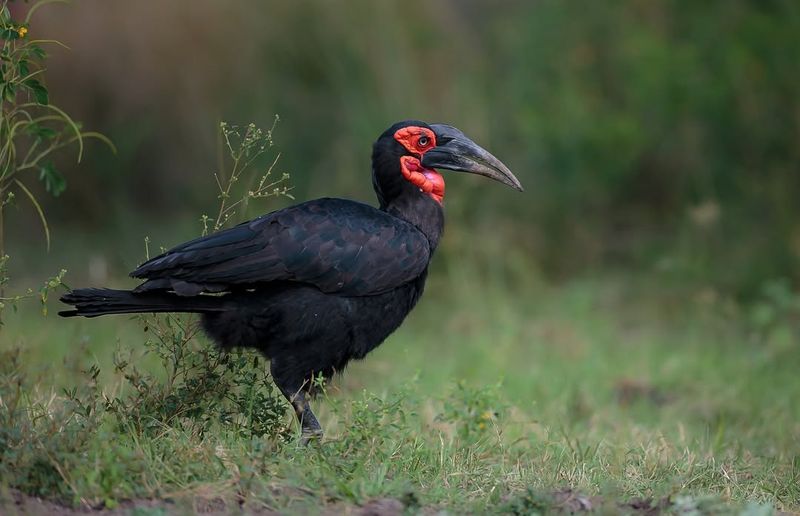
The Southern Ground Hornbill boasts a large, curved beak that is both powerful and versatile. This bird uses its beak to hunt small animals, break open hard shells, and even engage in social interactions.
Found in the savannahs of Africa, the hornbill’s beak is a symbol of strength and adaptability. These birds often travel in groups, using their beaks to communicate and maintain social bonds.
The Southern Ground Hornbill’s beak is more than a tool; it’s a key part of their identity, allowing them to thrive in their environment.
17. Helmeted Hornbill
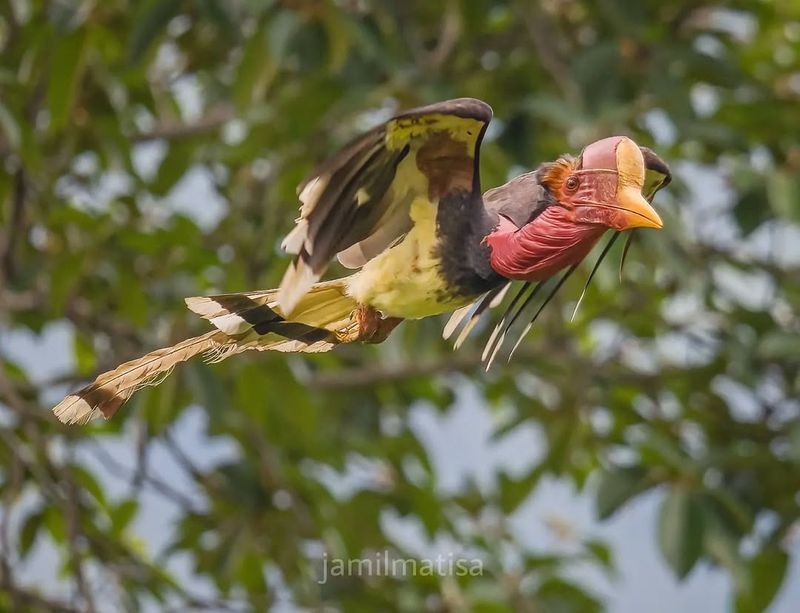
Topped with a solid, helmet-like casque, this striking bird is unlike any other in the hornbill family.
The Helmeted Hornbill uses its dense casque not just for show, but for dramatic aerial headbutting battles during territorial disputes. Native to Southeast Asian rainforests, it feeds primarily on fruit, especially figs.
Sadly, its unique casque has made it a target for illegal trade, putting this bizarre and majestic bird at serious risk.
18. Wrybill
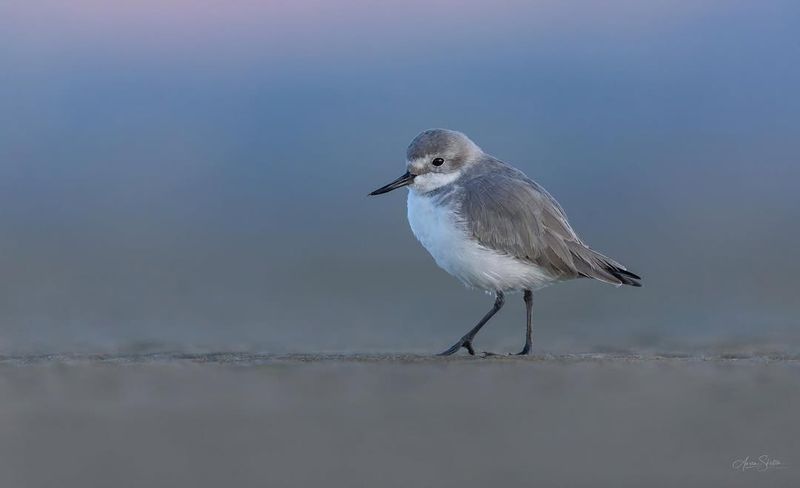
The Wrybill is unique with its sideways-bending beak, an adaptation not seen in any other bird. This peculiar beak allows it to reach beneath stones and rocks in search of food.
Native to New Zealand, the Wrybill’s beak is a marvel of specialization, perfectly suited to its environment. This bird exemplifies how evolution can lead to unexpected adaptations, with its beak serving as a perfect example of nature’s creativity.
Watching a Wrybill use its beak is like witnessing a masterful dance with nature.
19. Red Crossbill
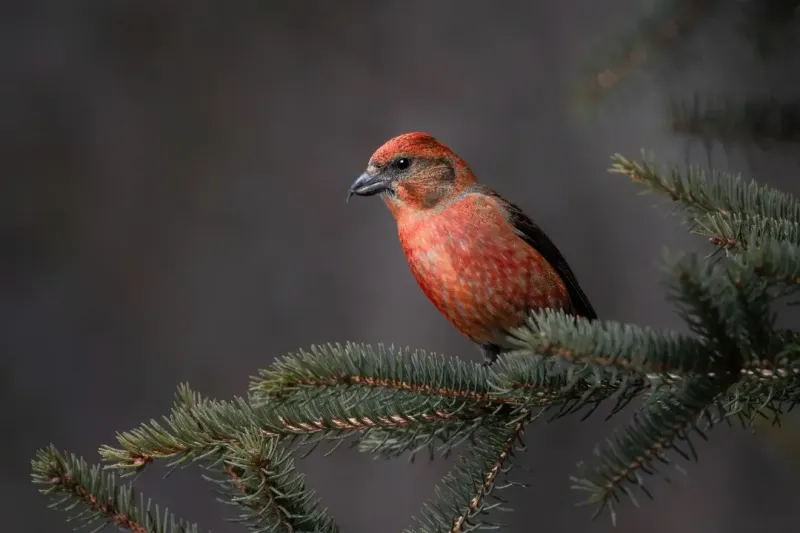
The Red Crossbill is easily identified by its crossed beak tips, a unique adaptation for extracting seeds from pine cones. Found in coniferous forests, this bird uses its specialized beak to access food that many other birds cannot reach.
The crossed beak is not just functional but also visually striking, setting the Red Crossbill apart in the avian world. This adaptation allows the bird to thrive in its habitat, turning a simple meal into a specialized foraging technique.
The Red Crossbill’s beak is a testament to the wonders of evolutionary design.
20. Kakapo
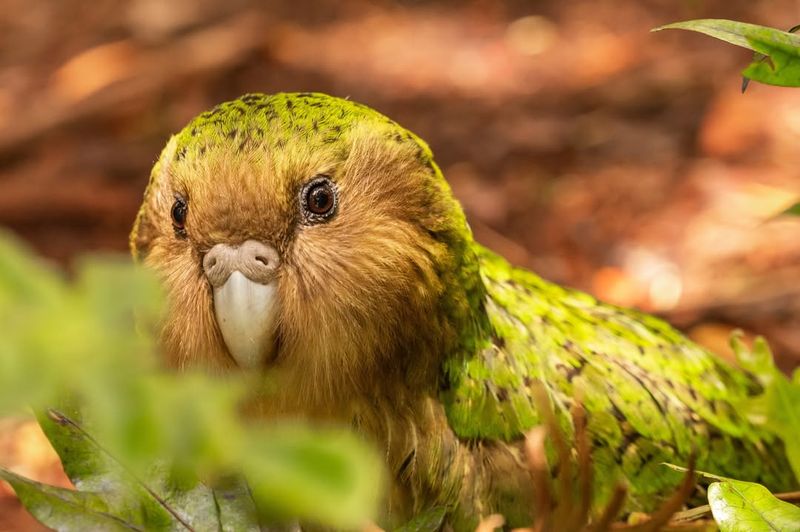
Found only in New Zealand, this flightless, nocturnal parrot relies heavily on its large, curved beak to navigate and survive.
The Kakapo uses its beak to climb trees, forage for food like fruits and leaves, and explore its surroundings in the dark. This unique beak adds to the bird’s quirky appearance and plays a central role in its daily life.
As a critically endangered species, the Kakapo has become a symbol of conservation, with its distinctive beak serving as a reminder of its one-of-a-kind place in the natural world.


